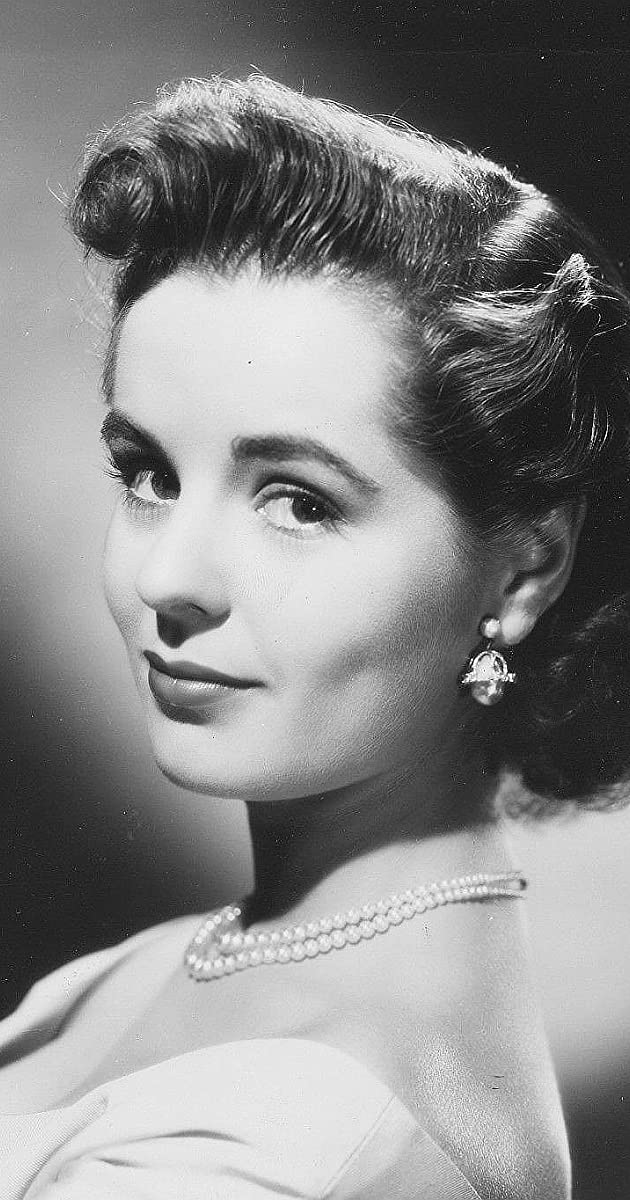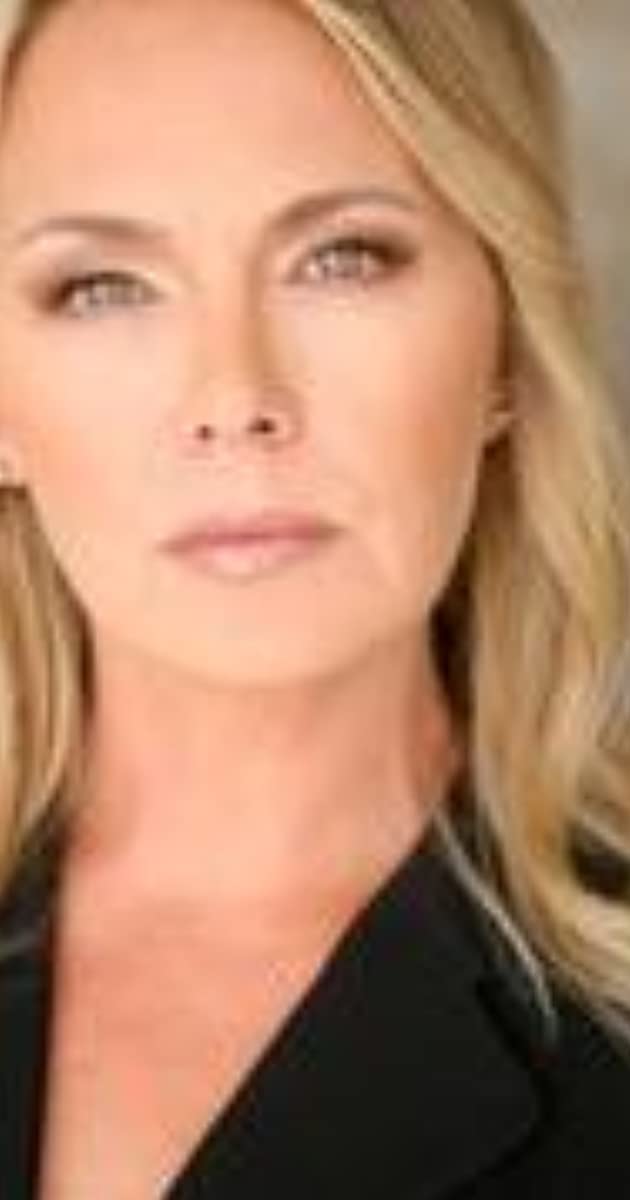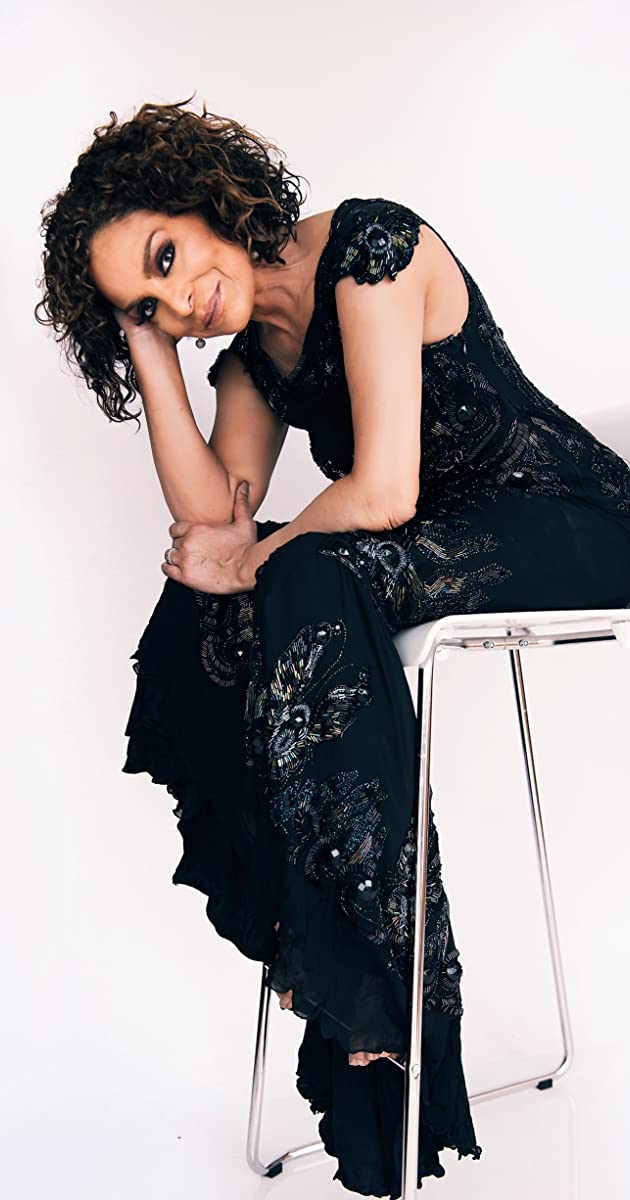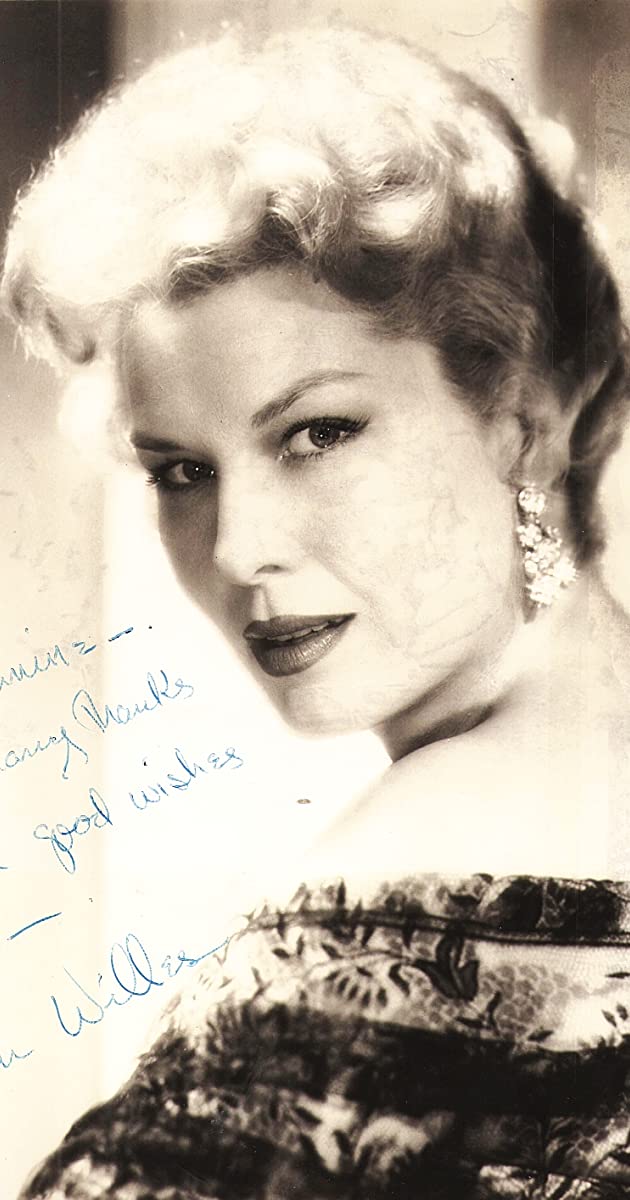
This actress’ two-decade career produced only one single stand-out film role but that one role as the “good girl” who redeems “bad boy” Marlon Brando’s tough biker in the cult flick The Wild One (1953) put Mary Murphy at the head of the acting class for one brief shining moment. In others, she proved a lovely distraction amid the male action surrounding her and also, given the right material, displayed obvious talent in both Grade “A” and “B” drama as the feminine co-star or second lead.
The beautiful blue-eyed brunet stunner was born on January 26, 1931, in Washington D.C. but quickly moved with her family six months later to Cleveland, Ohio. Her father, James, a businessman, died there in 1940, and her mother eventually moved Mary and her two brothers and sister (she was the youngest of the four) West to Southern California where Mary went on to attend University High School in the Los Angeles area, graduating in 1949. A one-time employee of Saks Fifth Avenue in Beverly Hills, the fresh-faced beauty was “discovered” at a café and signed by Paramount Studios.
Following insignificant bit/extra work in such movies as the Bob Hope’s vehicles The Lemon Drop Kid (1951) and My Favorite Spy (1951), the sci-fi feature When Worlds Collide (1951), and “Best Picture” The Greatest Show on Earth (1952), Mary won the female lead opposite relative newcomer Tommy Morton in the show business drama Main Street to Broadway (1953). The film was ill-received and both stars were rather dwarfed by the huge names that surrounded them — Tallulah Bankhead, Lionel Barrymore, Ethel Barrymore, Shirley Booth, Mary Martin and even Rodgers and Hammerstein. Her second lead in a film was a different story. the legendary The Wild One (1953) opposite Marlon Brando. Mary managed to hold her own in this biker classic but it did not, however, necessarily lead to better films. She continued in the demure ingénue mode in the Vincent Price sub-horror The Mad Magician (1954) and the routine western Sitting Bull (1954) which starred future husband Dale Robertson. The June 1956 marriage to Robertson was very short-lived; it was annulled by Christmas time.
Mary went on, however, to give earnest leading lady perfs opposite Tony Curtis in Beachhead (1954), Ray Milland’s debut as a director, A Man Alone (1955) and Hell’s Island (1955) with John Payne. She also appeared to good advantage in The Desperate Hours (1955) but was slightly overshadowed by powerhouse star cast of Humphrey Bogart, Fredric March, Arthur Kennedy, Gig Young and Martha Scott. From then on it was fairly dismal for Mary in such lesser features as The Maverick Queen (1956), Escapement (1958) and Live Fast, Die Young (1958), a lowbudget “Wild Ones” delinquent crimer as a girl who tries to save her sister from a life of crime.
Mary left the screen for a time but resumed her career in the 60s and early 70s primarily on TV with a number of episodics and mini-movies playing matronly wives and mothers and had a small but noticeable role in the film Junior Bonner (1972). Remarried in 1962, Mary retired completely by the late 70s and turned to environmental causes. She also worked in a Los Angeles art gallery for a time and has been seen on occasion in nostalgia conventions.


